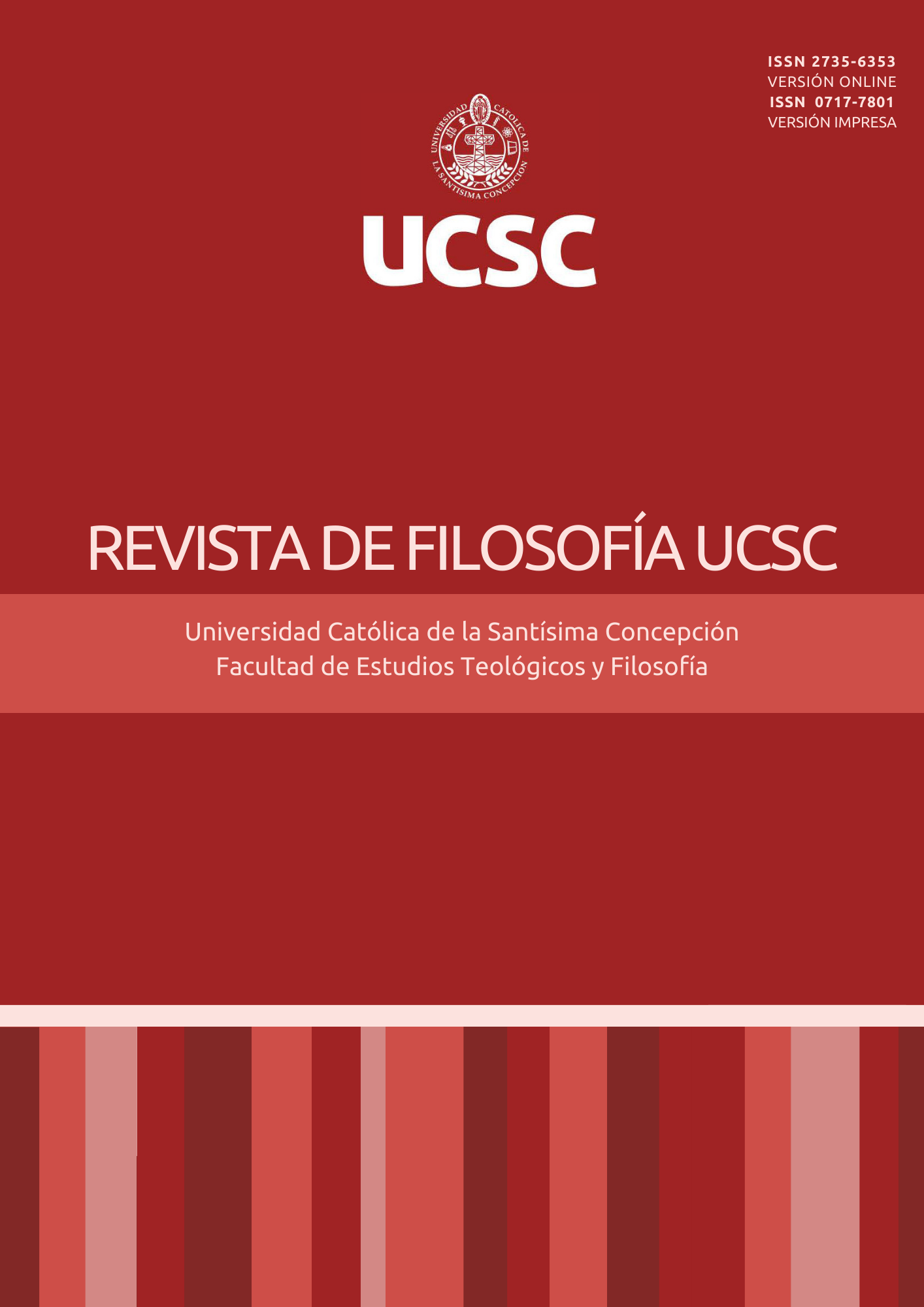On the palimpsest over téchnē: a genealogy into art and technique
Main Article Content
Abstract
This article is a genealogy into the broad sense of art and technique within the linguistic palimpsest ‘art technique’ which takes into consideration the aesthetic and technical meanings of art and the ancient Greek meaning of téchnē. It’s proposed that it’s possible to give reason to Heidegger’s proposal for Greek τέχνη through a genealogical inquiry into such palimpsest. Τέχνη, art and technique, in a broad sense, are knowledge that brings forward things to their presence by virtue of a ‘having seen’ that makes it possible to go after something and reveal that which presents itself concealed. This inquiry starts off its path from a Heideggerian approach to language according to which what is most essential in words is in a continuous original withdrawal of concealment, whereby a genealogical incursion takes place into the original sense of the term ‘art’ and its cognate ‘technique’. Trying in each step to give an answer to the question for that which is art and technique, a review of the meanings of those terms is made in Latin and Greek ancient languages and in modern Romance languages, as well as a brief review of the history of aesthetics, and a review of the Greek myth of the god of téchnē, Hephaestus, in light of the ancient Greek notion of beauty.
Downloads
Metrics
Article Details

This work is licensed under a Creative Commons Attribution-NonCommercial 4.0 International License.
The Revista de Filosofía UCSC is an open access journal and does not charge for publication. In addition, it regulates its Copyright and access policy according to the Creative Commons Attribution-NonCommercial 4.0 International Public License (CC BY-NC 4.0), therefore sharing (reproducing and distributing the material in any medium or format) and adaptation (modifying, transforming, and creating from the material) is allowed as long as proper credit is given and the citation is included with the corresponding data. Moreover, it is not allowed to use the material for commercial purposes.
References
Aumont, J. (2001). La estética hoy (Trad. M. A. Galmarini). (1ª ed.). (1998). Cátedra.
Arendt, H. (2003). La condición humana (Trad. R. Gil Novales). (1ª ed.). (1958). Paidós.
Arrieta de Guzmán, T. (2013). El arte y sus clasificaciones. En D. Sobrevilla y R. Xirau (Eds.), Estética (pp. 43-66). Trotta.
Balansard, A. (2001). «Technè» dans les «Dialogues» de Platon: L’empreinte de la sophistique. (1ª ed.). Academia Verlag.
Beaufret, J. (1974). Dialogue avec Heidegger. (1ª ed. , Vol. 3). Les Éditions de Minuit.
Carritt, E. F. (1951). Introducción a la estética (Trad. O. G. Barreda). (1ª ed.). Fondo de Cultura Económica.
Corominas, J., y Pascual, J. A. (2006). Diccionario crítico etimológico castellano e hispánico. (1ª ed., Vol. 1). Gredos.
Farrington, B. (1961). Francis Bacon: Philosopher of Industrial Science. (1ª ed.). Collier Books.
Ferrari, A. (2019). Dizionario di mitologia greca e latina. (1ª ed.). UTET.
Ferrater Mora, J. (1965). Arte. En Diccionario de Filosofía. (5ª ed., Tomo 1). Sudamericana.
Gadamer, H.-G. (1998). Estética y hermenéutica (Trad. A. Gómez Ramos). (2ª ed.). (1976). Tecnos.
Heidegger, M. (1994). Conferencias y artículos (Trad. E. Barjau). (1ª ed.). Ediciones del Serbal.
Heidegger, M. (2002). Interpretaciones fenomenológicas sobre Aristóteles: Indicación de la situación hermenéutica (Informe Natorp) (Trad. J. A. Escudero). (1ª ed.). Trotta.
Heidegger, M. (2010). Caminos de bosque (Trads. H. Cortés y A. Leyte). (2ª ed.). (1984). Alianza.
Homer (1920). Homer. Homeri Opera in five volumes. Oxford University.
Homero (1991). Ilíada (Trad. E. Crespo Güemes). (1ª edición). Gredos.
Ocampo, E. (2013). Estética de la naturaleza, del arte y las artesanías. En D. Sobrevilla y R. Xirau (Eds.), Estética (pp. 23-41). Trotta.
Oliveras, E. (2005). Estética: La cuestión del arte. (1ª ed.). Ariel.
Ovidius Naso, P. (1995). Metamorfosis (Trads. C. Álvarez y R. M. Iglesias). Cátedra.
Plato (1903). Platonis opera. T. 3: Tetralogias V - VII continens (J. Burnet, Ed.; Nachdr.). Clarendon.
Platón (1981). Diálogos I (Trads. J. Calonge Ruiz, C. García Gual y E. Lledó Iñigo). Gredos.
Platón (1983). Diálogos II (Trads. E. Acosia, J. L. Calvo, J. Calonge Ruiz y F. J. Olivieri). Gredos.
Plazaola, J. (2007). Introducción a la estética: Historia, teoría, textos (4ª ed.). Universidad de Deusto.
Roochnik, D. (1998). Of Art and Wisdom: Plato’s Understanding of Techne. (1ª ed.). Pennsylvania State University Press.
Sennett, R. (1997). Carne y piedra: El cuerpo y la ciudad en la civilización occidental (Trad. C. Vidal). (1ª ed.). (1994). Alianza.




